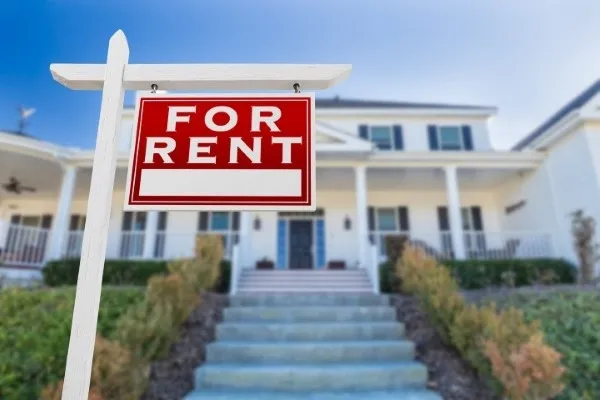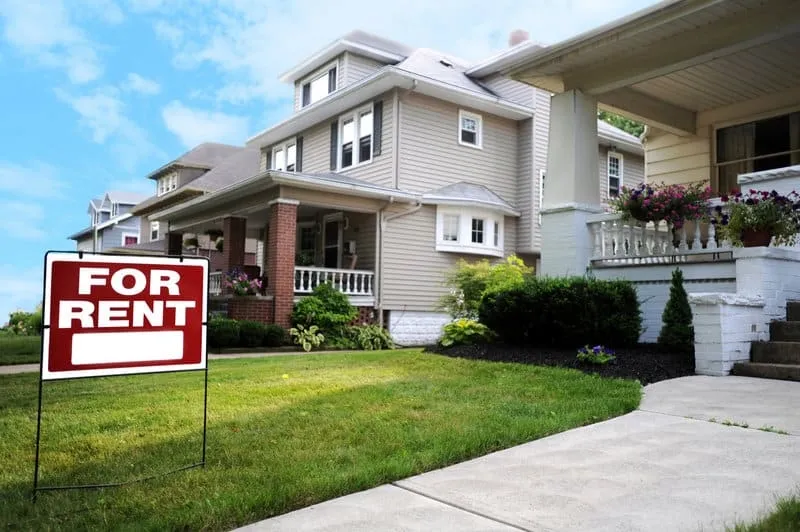The Journal
Basic or Special - Which is best for Real Estate Investors?

Basic and Special are the most commonly and widely used property coverage forms available to you as an investor. Before you choose which coverage form is best for you, make sure you take into consideration more than just the cost of the policy options. There can be up to a 30% difference between these policy forms and it is up to you as the investor to determine if the additional exclusions associated with the cheaper coverage forms is really worth the risk for you.
Special Coverage Form

As you can probably guess, Special form is the most comprehensive and in turn, the most expensive coverage form you can purchase. It is considered “All-Risk” coverage, meaning that unless there are specific exclusions listed within the policy, then coverage is afforded to you in the event a loss. The burden of proof falls on the insurance company to prove that the policy specifically excludes the peril that caused the loss. There are standard exclusions that come on every Special form policy (some of which can be purchased as an endorsement or stand-alone policy and others cannot), these are:
- Mold & Fungus
- Wear & Tear
- Sewer & Drain Back-Up
- Earth Movement (including earthquake and sinkhole)
- Flood
- Intentional Tenant Damage
Be sure to review your exclusions and endorsements pages to make sure no other exclusions have been “slipped in” to your policy. Insurers often exclude Theft.
Basic Coverage Form

Basic form is the second coverage form most carriers offer to investors. This coverage form can save you approximately 25% – 30% per year (depending on the carrier), but comes with some additional exclusions to those listed above, that you will need to consider. They are as follows:
- Collapse
- Falling Objects
- Theft (keep in mind, this is for things you own such as the air conditioning unit and the copper pipes in the wall, not your tenants belongings)
- Weight of Ice, Sleet or Snow
- Water Damage (most commonly known as coverage for frozen and burst pipes).
You carry the burden of proof that a loss was caused by an included peril.
Broad form is the in-between form not often used. Reason being is, the cost savings provided is not enough to make sense to purchase. It mirrors Special form minus theft coverage. It typically saves you 10% from a Special form policy. For the additional 10%, it is a better option to simply purchase Special form.
Things to consider when deciding on a Special or Basic form policy:

- Is my property in an area where Weight of Ice, Sleet or Snow and Water Damage is high risk to me? If not, then Basic form might be a better option.
- For a flip, will the property still be in my possession when the temperatures get cold? If not, then Basic form might be a better option.
- Is theft coverage a concern? If the location is occupied, then that threat should be diminished. As you can probably imagine, theft most often occurs at vacant locations. If the location is a flip or undergoing renovation, will there be enough owned materials and appliances at the location for carrying theft coverage to make sense? Keep in mind that your policy does NOT cover your general contractor’s tools and materials.

Contact Sandstone Insurance Agency for more information and your free quote today – we are a local independent insurance agency so we work hard for you and shop your quote around. We have long-standing relationships with carriers to get you the best coverage to fit your needs at the best price available. And if/when the time comes that you need to file a claim, we’re here to help YOU, we have your back.


